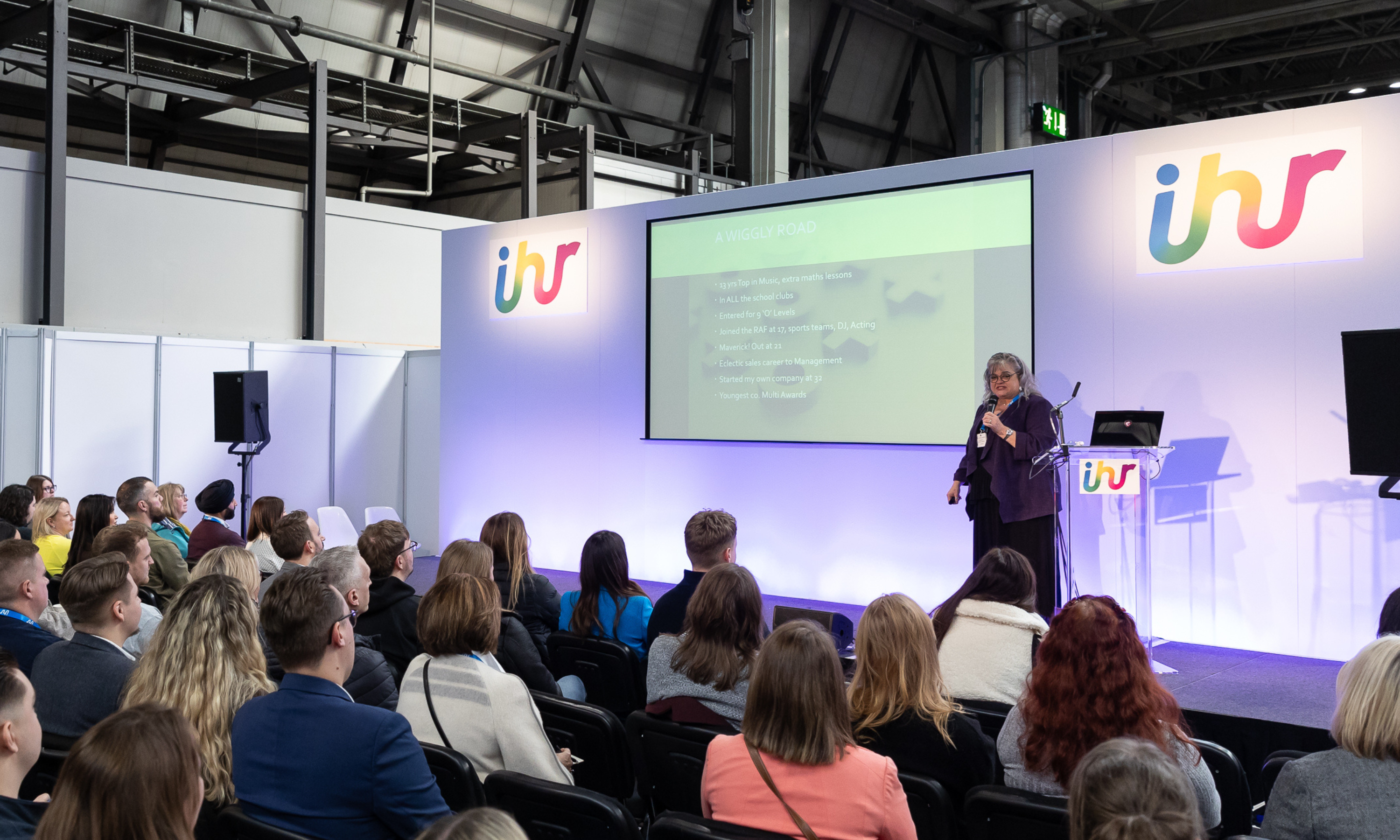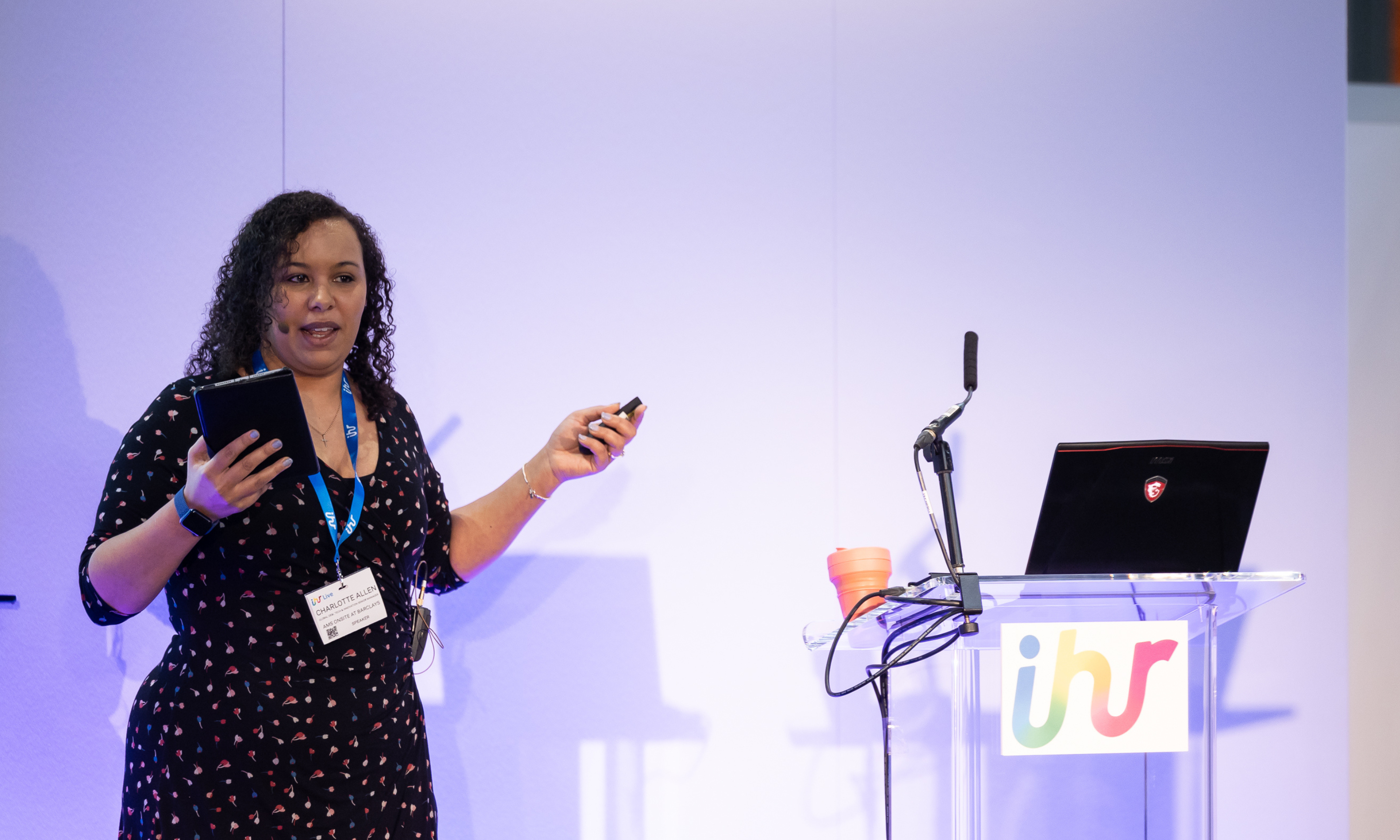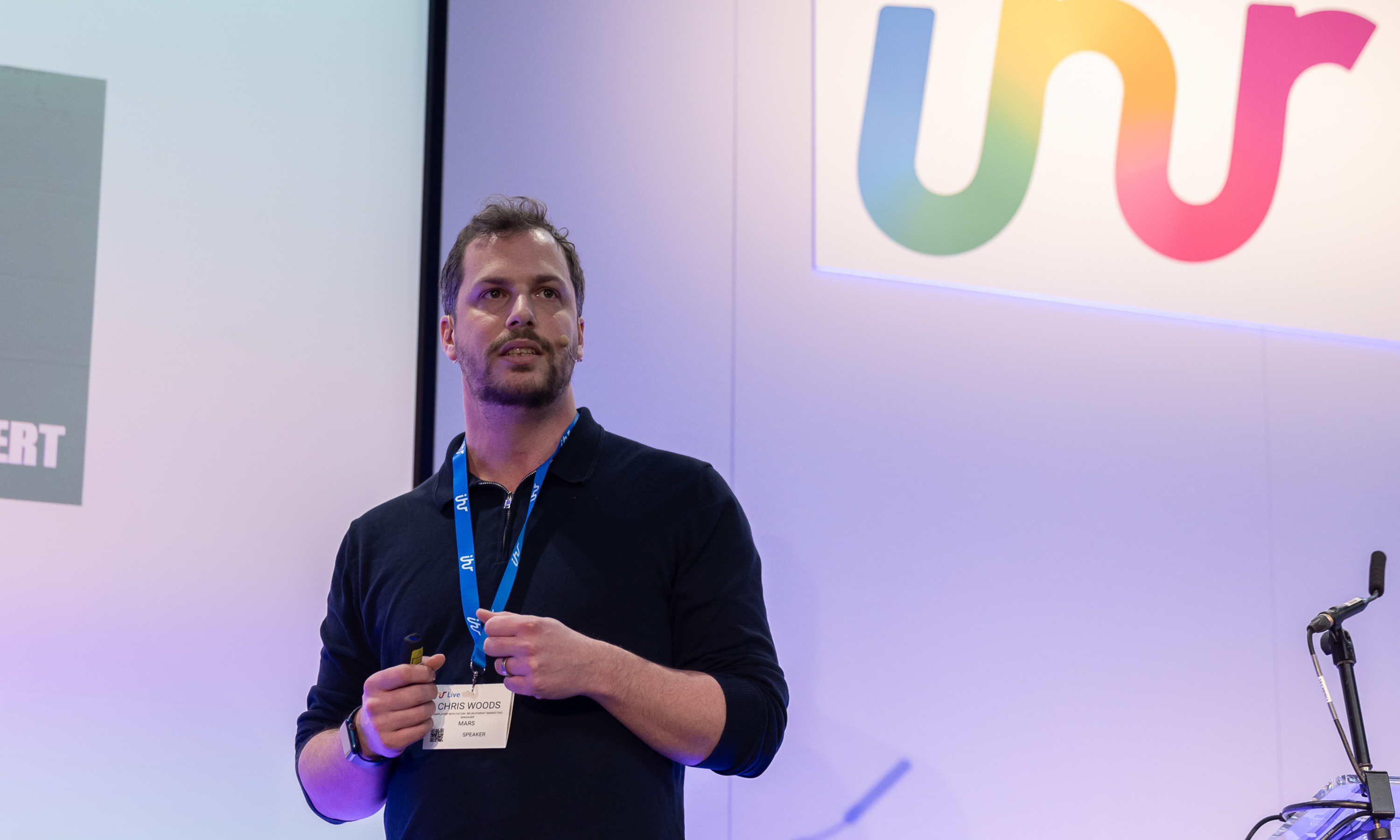Are you unintentionally excluding candidates because your job descriptions aren’t easy to understand? Could that be making people think they’re not skilled enough for the role?
For the last couple of years, HR research like The FIRM’s annual survey have shown us again and again that Diversity and Inclusion is at the top of everyone’s mind when it comes to hiring. And it’s something we’ve thought a lot about at Chatter.
What’s one the first steps in a candidate’s hiring experience? A job description. They were actually most influential to people during the recruitment process (91%) when we asked 2000 people for their thoughts.
They don’t just play a big part in finding the best talent for your vacancy, they’re a vital part in how we tackle social exclusion. But, more often than not, a company’s job descriptions are leaving out a big pool of talent by just not using the right words.
It’s common that the people writing job descriptions are university educated, so they might use language or phrasing that’s unintentionally not accessible to the group of people you’re trying to talk to. And when the role they’re advertising doesn’t require a university degree or or first-class reading comprehension, it’s a pretty big problem.
Our whole thing is #MakingPeopleMatter – because we know everyone has potential, but people can often feel like their skills are overlooked or their talents aren’t encouraged in the workplace. And if, from the get go, they don’t feel like they have the skills or talent for the role as described in your job ad, you can see why.
So, what happens when you make your job descriptions easier to understand? Not only does it open up that door for a much wider range of people, but it also makes your application process, and your company, more inclusive.
And those people feel confident that they have the skills and talent for the job.
They feel like they matter.
So, let’s talk about it.
What are the facts?
Believe it or not, the average reading comprehension age of people in the UK is actually 9-years-old, with 16.4% of adults scoring the lowest level of literacy. And back in 2006, a government report found 12 million workers (which was 40% of all workers at the time) had a reading age of an 11-year-old, or even younger.
Why so low?
There are a number of reasons for this, but to name a few:
- Some people find education difficult or uninteresting, and not everyone grows up with the same circumstances that offer them the same experience of education.
- 9% of the population’s first language isn’t English
- 10% of the population are affected by Dyslexia, and there are other common learning difficulties and neuro diversities that affect reading comprehension, too
So, what can we do to be better and more inclusive?
We start by looking at every role individually, and thinking about if reading comprehension is really a key requirement for that role.
You can expect that some roles might need a university education, and always will. But if being able to read really well isn’t a necessity, as will be the case for a good lot of jobs, it’s worth making the effort to make your job description copy more readable.
The most common way of calculating the reading age (and how easy text is to read) is something called the Flesch-Kincaid reading ease score. It’ll take a look at things like how long your sentences are, and how many syllables are in the words you’re using, and give your copy a score out of 100 based on that.
The lower the score, the harder your copy is to read. The ideal is 90, but anything above 80 is deemed ‘easy to read’.
As a general rule of thumb, keeping sentences short and snappy, and using simpler words with fewer syllables, should give you a higher score, and a job description that’s easier to read. And just generally makes it more engaging for all!
Some resources that can help
- The UK Government has a great guide on how to write content for their websites. It takes into account a bunch of considerations around making text easy to read and understand, so it’s well worth a read.
- As an aside, you should also think about if you’re using particularly gendered language when you’re writing your job ads. Research found certain words in job descriptions are ‘gendered’, and therefore off-putting for applicants who identify as women.
- Or as an easy, time-saving fix, you can skip all that reading (though we recommend you check it out!) and head to our Readability tool, which does all of that for you! Just enter the web address of a job description, or paste in its text, into our tool. We’ll then generate a free report for you that goes through any potential issues, from reading age to gendered language, as well as advice on how to make your copy better!







